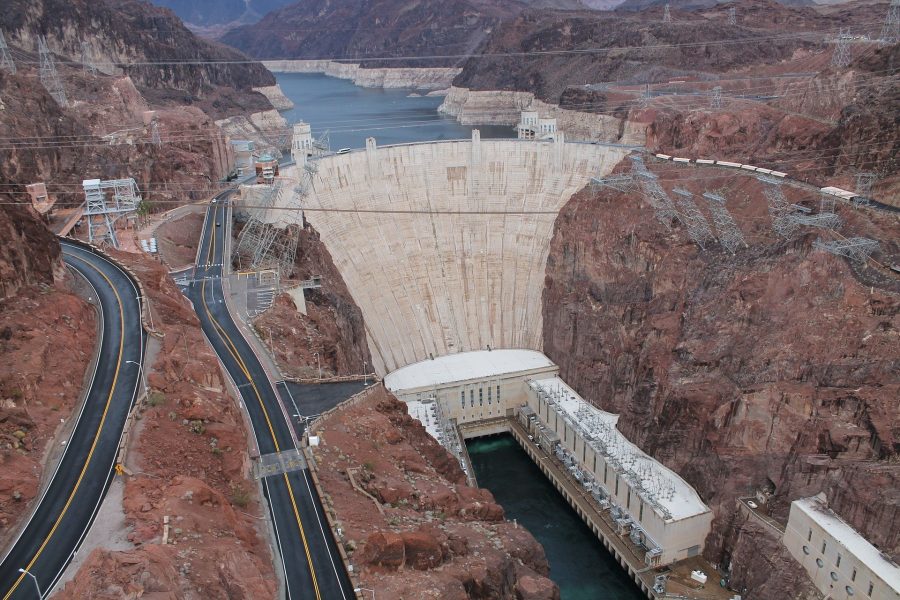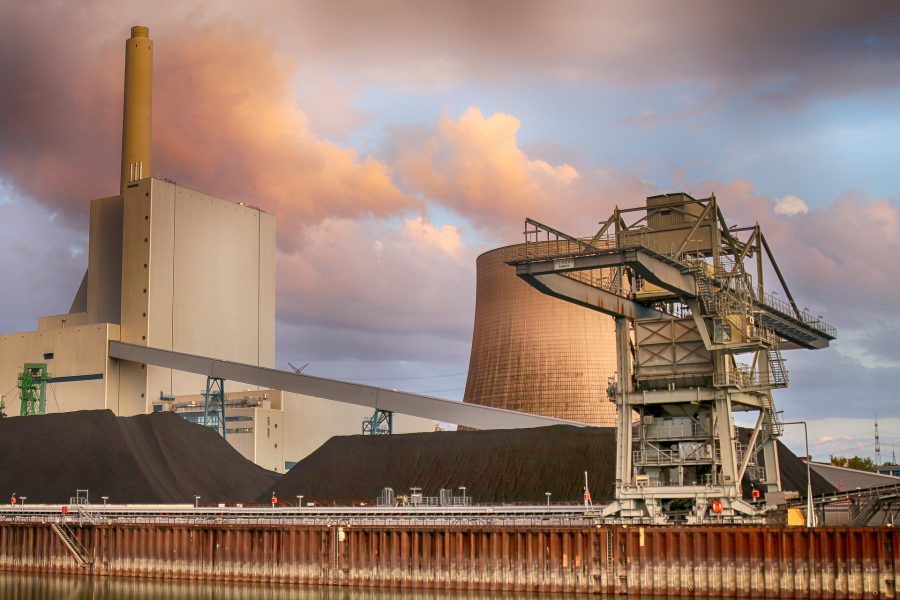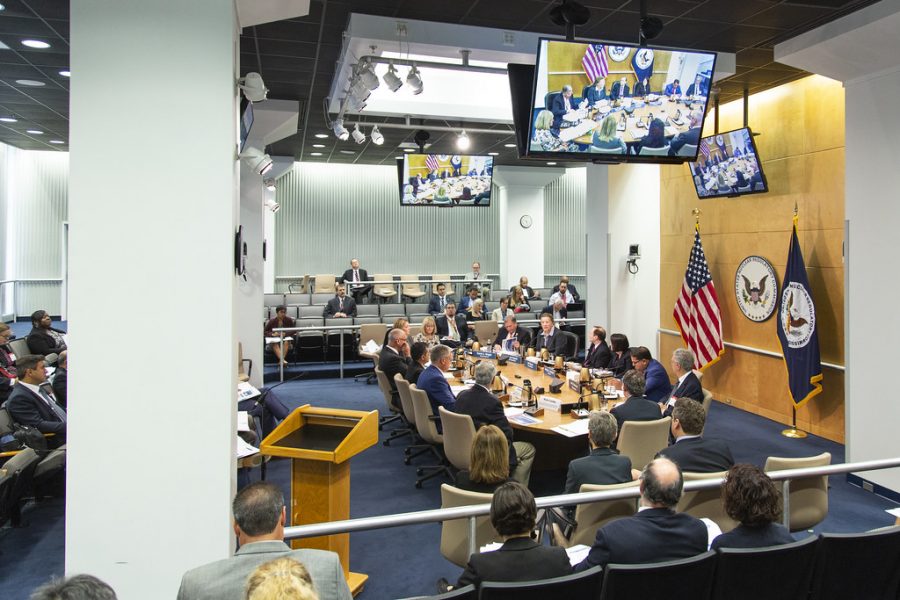New Studies Prompt US Consumer Product Safety Commission to Consider Banning Gas Stoves in New Homes
The U.S. Consumer Product Safety Commission (“CPSC”) is currently considering banning gas stoves in the United States.[1] One commissioner tweeted how “gas stoves can emit dangerous [levels] of toxic chemicals—even when not in use—and [CPSC] will consider all approaches to regulation.”[2] A ban from the CPSC would only affect new products and homes, requiring all new homes to have either electric stoves or high efficiency exhaust vents.[3] Currently, if an individual is looking to switch from gas to electric, the Inflation Reduction Act includes rebates for those individuals to either purchase a new electric stove or covert from gas to electric.[4]





